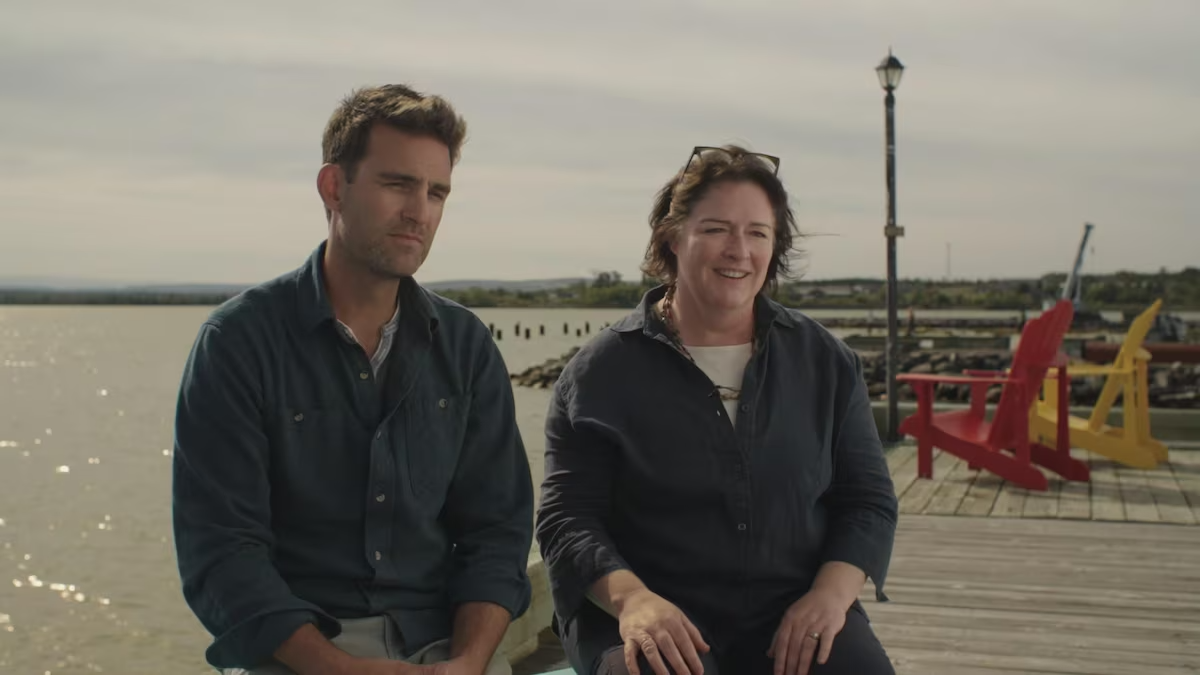The Impact of Carbon Dioxide Removal on River Ecosystems: Insights from the New York Times

This week, CarbonRun was featured on the front page of The New York Times, where the critical role of carbon dioxide removal (CDR) was highlighted as a pivotal solution in the ongoing fight against climate change. As global temperatures rise and CO2 levels in the atmosphere continue to increase, researchers are looking for scalable, nature-based methods to capture and sequester carbon—and rivers are becoming an integral part of that solution.
The article dives into various CDR technologies, spotlighting natural approaches such as river alkalinity enhancement. This is an area where CarbonRun has been making strides with our innovative liming process, which mimics natural river systems to improve water quality while actively capturing and storing atmospheric carbon.
CarbonRun's team had the chance to give the article's co-author and climate change journalist Brad Plumer a tour of our West River Pictou project, where he was able to see first hand how we are restoring the natural carbon cycle of rivers using the safe and well-established process of river liming.

This process, when managed carefully, can become powerful tools in global climate efforts. improving aquatic habitats and contributing to global CO2 reduction sustainably. A Life Cycle Analysis conducted by an independent third party determined that CarbonRun’s ratio of emissions to the amount of CO2 stored is 1:29, which is considered very low across the industry.
The Times article also touches on the importance of collaboration between communities, governments, and science-driven organizations, something we at CarbonRun know firsthand through our partnerships with Indigenous groups and local communities. Together, we are creating a blueprint for future projects, not just here in Nova Scotia but globally.
“The beauty of it is how simple the technology is. We let the water do most of the work." — Eddie Halfyard, co-founder and CTO of CarbonRun
Read the full article on The New York Times website.
Main Image Photo Credit: Greta Rybus









